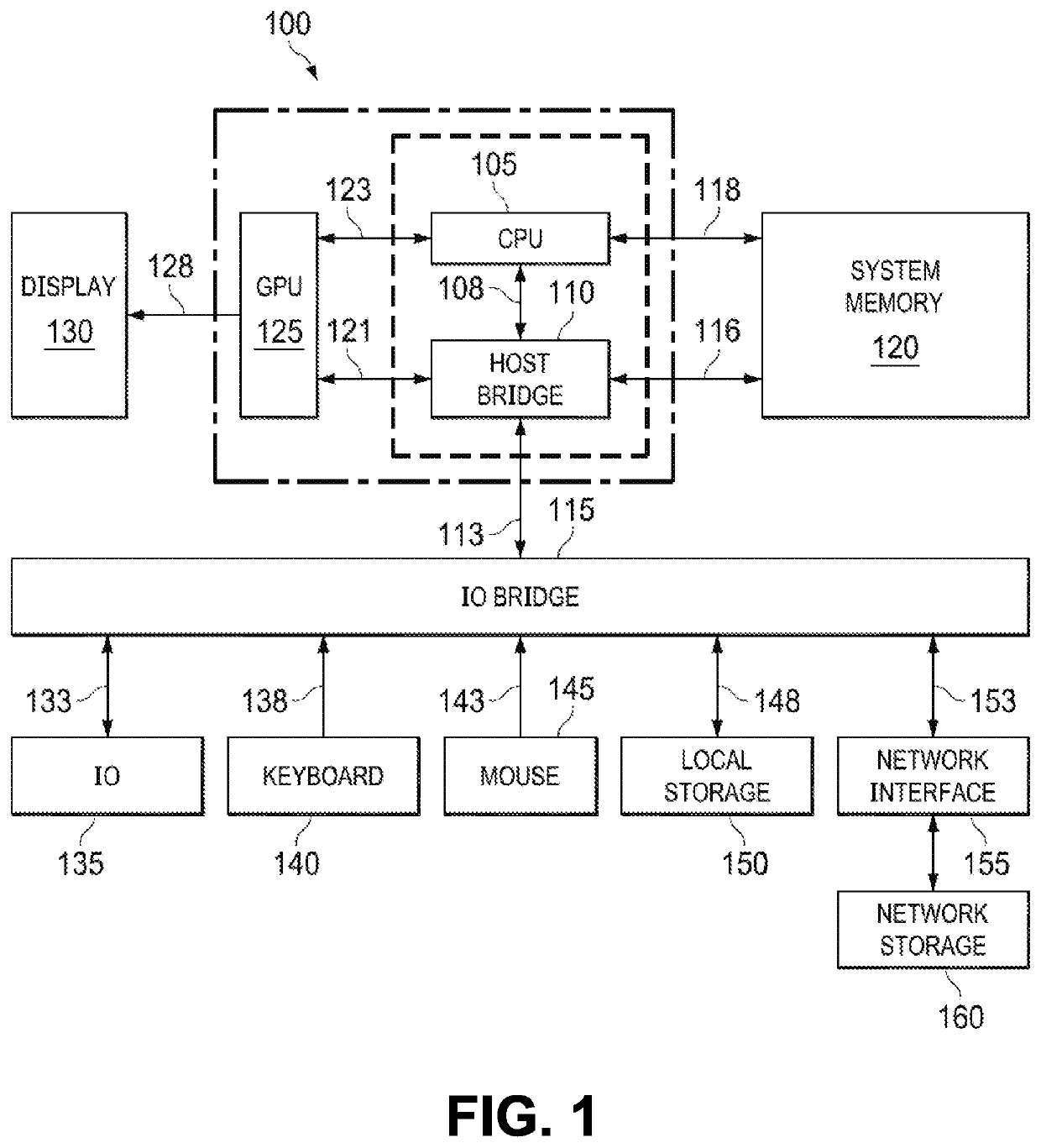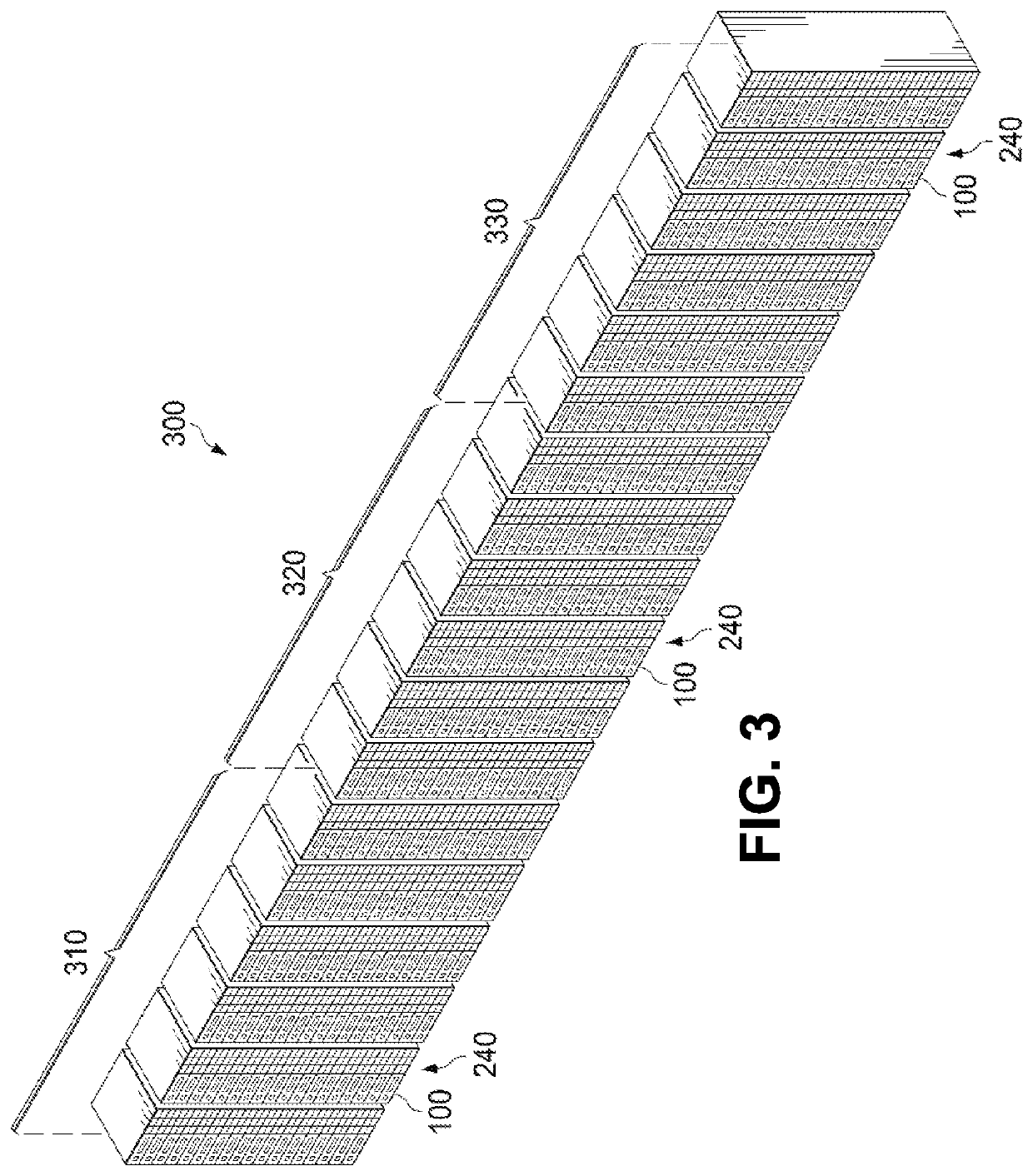Methods and Systems for Distributed Power Control
a technology of distributed power control and methods, applied in emergency power supply arrangements, sustainable buildings, instruments, etc., can solve the problems of curtailment, in particular, particularly problematic, cost to local station operators, and curtailment of wind and solar resources
- Summary
- Abstract
- Description
- Claims
- Application Information
AI Technical Summary
Benefits of technology
Problems solved by technology
Method used
Image
Examples
Embodiment Construction
[0031]One or more embodiments of the present invention are described in detail with reference to the accompanying figures. For consistency, like elements in the various figures are denoted by like reference numerals. In the following detailed description of the present invention, specific details are set forth in order to provide a thorough understanding of the present invention. In other instances, well-known features to one having ordinary skill in the art are not described to avoid obscuring the description of the present invention.
[0032]The embodiments provided herein relate to providing an electrical load “behind the meter” at local stations such that generated power can be directed to the behind-the-meter load instead of onto the grid, typically for intermittent periods of time. “Behind-the-meter” power is power that is received from a power generation system (for instance, but not limited to, a wind or solar power generation system) prior to the power undergoing AC-to-AC step...
PUM
 Login to View More
Login to View More Abstract
Description
Claims
Application Information
 Login to View More
Login to View More - R&D
- Intellectual Property
- Life Sciences
- Materials
- Tech Scout
- Unparalleled Data Quality
- Higher Quality Content
- 60% Fewer Hallucinations
Browse by: Latest US Patents, China's latest patents, Technical Efficacy Thesaurus, Application Domain, Technology Topic, Popular Technical Reports.
© 2025 PatSnap. All rights reserved.Legal|Privacy policy|Modern Slavery Act Transparency Statement|Sitemap|About US| Contact US: help@patsnap.com



